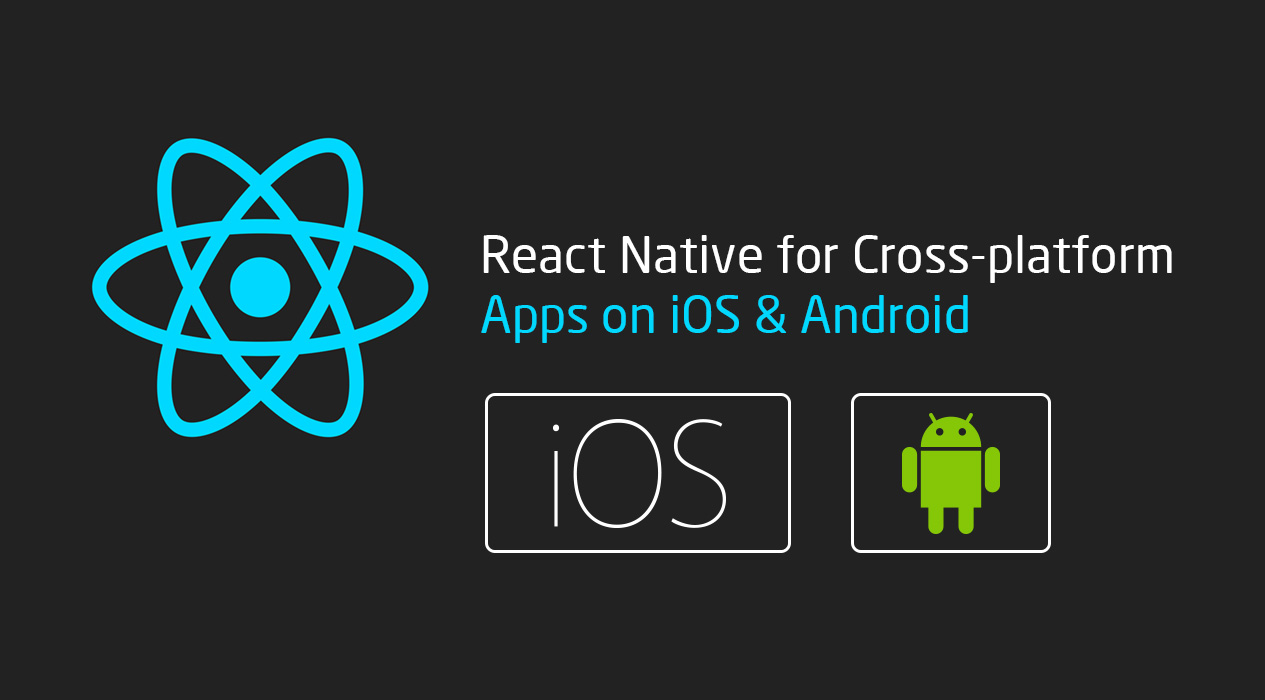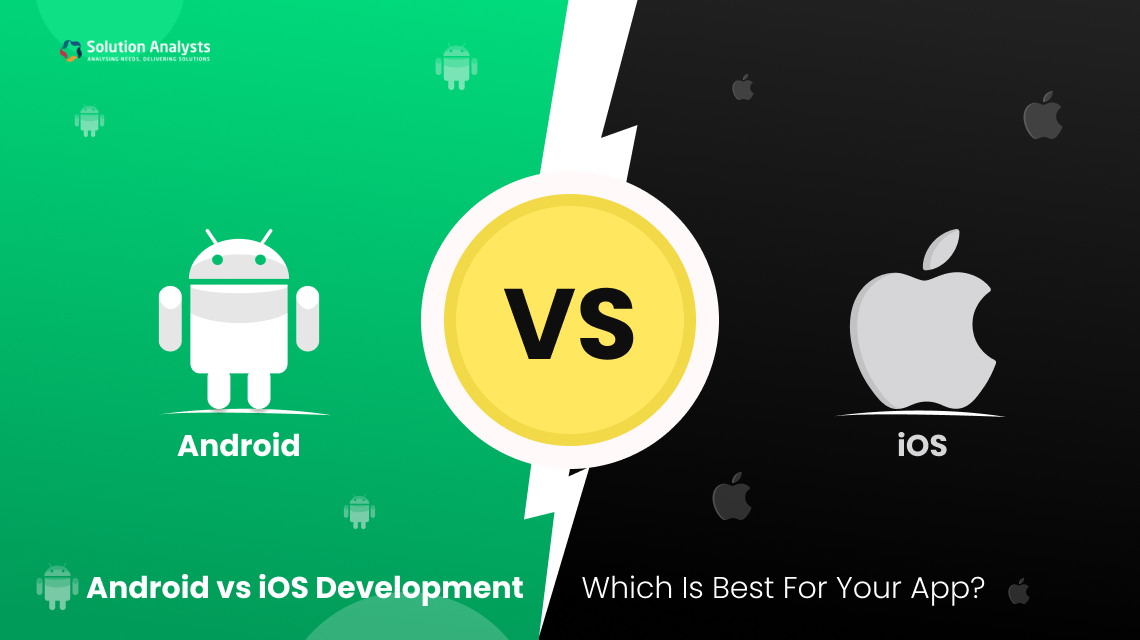
Table of Contents
React Native is Facebook’s platform for writing cross-platform applications using JavaScript, that will be compatible with both Android and iOS. With its latest update, it is now available for Windows Phone too.
A Little about React Native
React Native is based on JavaScript and React and was designed by Facebook to enable developers to create cross-platform applications in the native environment. Mobile app developers can use standard platform components of iOS and Android to create the look and feel of the platform ecosystem.
Advantage JavaScript and React.js
The platform uses JavaScript Core for iOS and JavaScript for Android app development. The React components are counterparts of the native components such as TabBarIOS and DrawerLaoyoutAndroid. On this platform, components are written in JavaScript, but developer uses View and Text in place of div.
React Native sends the minimum amount of data to the main thread to render the UI with native components. By using diffing algorithm to send the smallest necessary changes, React makes writing native UIs appear as piece of cake.
React UI
All UI aspects in React are presented in render() method and controlled by “state”. The method set by the developer defines the look of each state of the UI and when the setState() call is given, React automatically finds and makes the changes.
The comprehensive aspect of React is that all view code is in one location and is controlled by the state. This is an advantage especially when it comes to debugging codes.
The Flexbox UI layout tool on React Native lends speed to building different types of UI for differing screen sizes. The CSS styling used on Flexbox makes reuse of styles very simple while allowing you to add changes.
Also, the platform supports common web styles such as fontWeight. The StyleSheet abstraction facilitates the use of different styles and layouts along with the components that use them.
Touch Integration and Native Components
Inside React native is a powerful system that allows developers to manipulate touches in complex hierarchies and provide high-level components’ integration without additional configuration. React Native has been designed in a manner that allows extension with custom native views and modules. This implies, developers can import and use native libraries.
For iOS and Android
Simple iOS modules can be creates using RCTBridgeModule protocol and iOS views can be exposed by sub-classing RCTViewManager.
For Android module, a new class is to be created that extends ReactContextBaseJavaModule class and mark the function that you want to make available to JavaScript with @ReactMethod. For custom Android views, extend SimpleViewManager and implement createViewInstance and getName methods.
React Native facilitates seamless integration of native aspects with JavaScript to create powerful applications with reusable components to ensure crossover to a different platform.
If you love reading this article, don’t forget to comment. Drop a message if you are looking for cross platform mobile app development.









 sales@solutionanalysts.com
sales@solutionanalysts.com solution.analysts
solution.analysts






